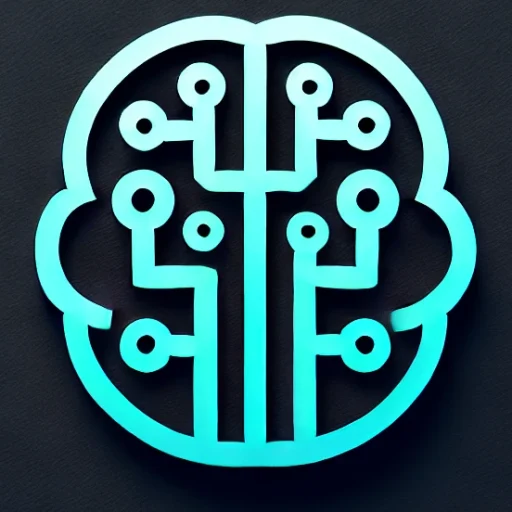
Introduction
In the vibrant world of artificial intelligence, one topic has captured the imagination of technologists and creatives alike: Generative AI. This branch of AI, which focuses on algorithms that can produce novel content—ranging from art and music to written text and even software code—has emerged as a frontrunner in innovation. As companies and individuals harness the capabilities of generative AI, it promises not just to transform industries, but to redefine the boundaries of creativity and automation.
Key Insights & Latest Advancements
Generative AI is rooted in machine learning models like Generative Adversarial Networks (GANs) and Transformer architectures, such as GPT (Generative Pre-trained Transformer). Recent advancements have seen these models become more sophisticated, with OpenAI’s GPT-4 and similar models pushing the envelope of what is possible. They can now produce text indistinguishable from that written by humans and create hyper-realistic images, raising the standard for content creation.
One significant breakthrough is the development of multimodal models that can integrate and process multiple forms of data simultaneously, leading to a more holistic generation process. These improvements reflect a leap forward not only in technical capability but also in computational efficiency, making such powerful tools accessible to a broader audience.
Real-World Applications
Generative AI is already making waves across various sectors. In the creative industry, artists are collaborating with AI to produce innovative art, music, and design, while authors use it to draft and refine literary works. The advertising world leverages generative AI to craft personalized marketing content, significantly enhancing engagement.
In healthcare, generative AI assists in drug discovery by simulating complex protein structures, expediting the process of finding viable medical treatments. Meanwhile, in the domain of software development, AI can automate code generation, debugging, and documentation, providing developers with a powerful tool to boost productivity and accuracy.
Challenges & Future Outlook
Despite its promise, generative AI faces several challenges. Issues of bias, ethical concerns about originality and authorship, and the potential for misuse, such as deepfake technology, remain prominent. There is an ongoing need for robust frameworks to guide the ethical deployment and regulation of these systems.
Looking ahead, the future of generative AI is both exciting and uncertain. As techniques improve, we can expect even more seamless integration into daily life, potentially revolutionizing education, entertainment, and enterprise solutions. However, society must address the ethical, legal, and social implications to ensure these technologies enhance human creativity without undermining it.
Conclusion
Generative AI stands at the forefront of technological evolution, with the potential to transform how we create and interact with content across various industries. While challenges remain, its possibilities are vast, offering a glimpse into a future where creativity and automation converge meaningfully. As we continue to explore this frontier, the key takeaway is clear: generative AI is not just a tool but a partner in innovation, inviting us to rethink the limits of what’s possible in the digital age.

